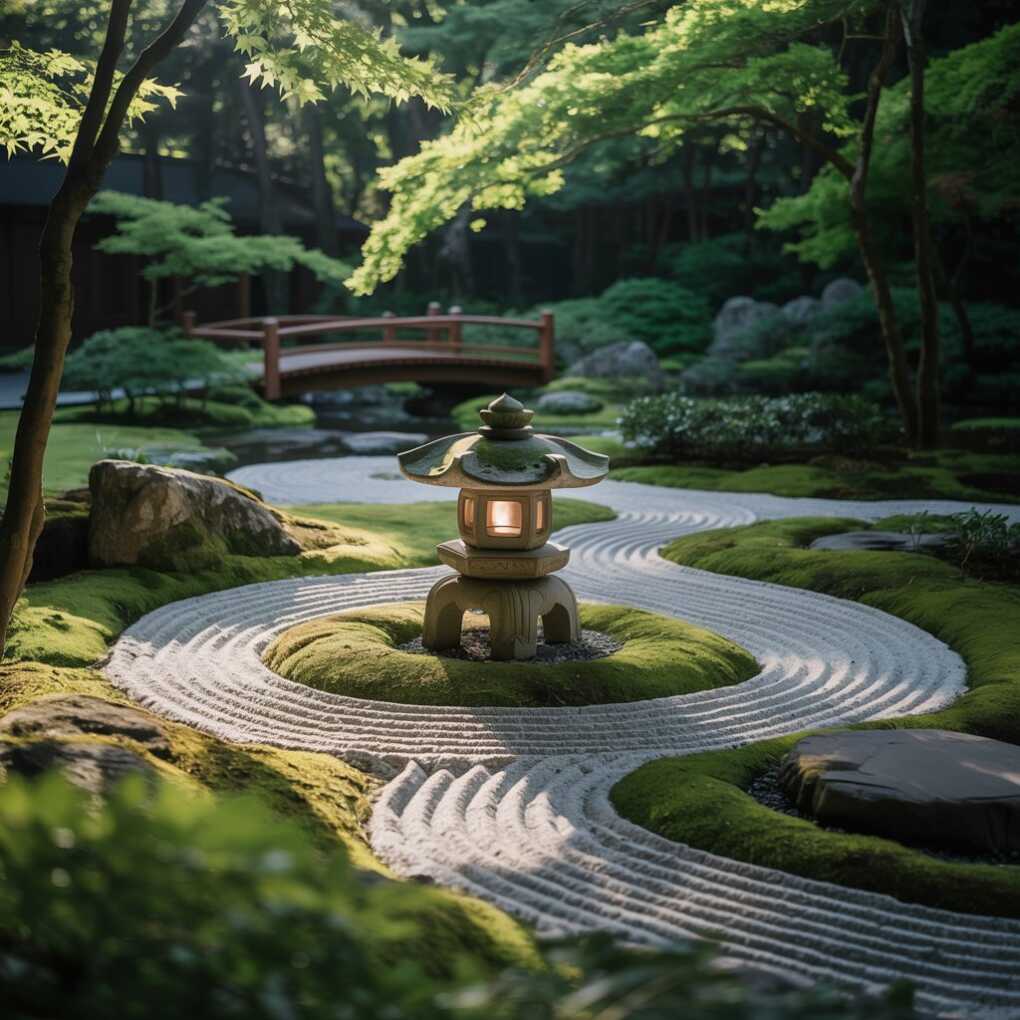The spaces around us reflect our values, lifestyle, and connection to the natural world. A yard is not merely an extension of a home—it is a living, breathing environment with the potential to enrich our daily experiences. Thoughtful landscape design shapes that potential into purposeful beauty. It is not about adding more plants or installing features randomly; it’s about weaving every element together into a story of balance, function, and sustainability. We will explore how intentional landscape design can transform outdoor areas into cohesive, meaningful, and inviting environments that serve both practical needs and aesthetic aspirations.

Key Principles of Intentional Landscape Design
Understanding the Site Before Planning
Effective landscape design begins with careful observation and consideration. Every property has its own topography, soil composition, climate, light exposure, and natural drainage patterns. These elements influence what is possible, sustainable, and functional in the long term. Instead of forcing ideas onto a landscape, the goal is to work with it. Designers who study the terrain and how the environment naturally behaves can shape a plan that not only enhances beauty but also supports healthy plant growth and low-maintenance upkeep.
Williams Landscaping in East Bethel, for example, focuses on reading the land before planting a single shrub or laying a single stone. By understanding how water flows, where the sun strikes hardest, or how wind moves through a yard, a thoughtful design is rooted in compatibility. This avoids future issues such as erosion, flooding, or struggling plant life, and ensures a more seamless relationship between natural elements and added features. Intention begins with awareness.
Blending Function With Aesthetic Appeal
A landscape should serve more than one purpose. Whether it’s entertaining guests, giving kids room to play, creating a peaceful escape, or supporting pollinators, the most effective designs merge function with beauty. This doesn’t mean sacrificing one for the other. Instead, it requires a clear understanding of the homeowner’s needs and lifestyle. Functional elements—such as patios, walkways, retaining walls, or fire pits—should feel integrated, not added as afterthoughts.
When each component supports a use and also enhances visual flow, a yard becomes an extension of the home’s personality. Plants are selected not only for their appearance but for how they support the space: providing shade, privacy, seasonal interest, or color balance. Even the choice of materials—such as stone textures, wood finishes, or mulch colors—plays a role in creating a space that is both livable and artful. The intention lies in creating a landscape that looks beautiful and functions effortlessly for those who inhabit it.
Using Plants as Narrative Elements
Plants do more than decorate—they tell a story. From low ground covers to tall, sweeping trees, the vegetation in a landscape sets the mood, marks the seasons, and brings life into the scene. However, successful planting extends beyond simply filling space. It involves selecting varieties that are suited to the local climate, soil, and maintenance preferences. Grouping plants by their light and water needs also reduces labor and encourages healthier growth. Color schemes can be calming or energizing, with blooms staged for year-round appeal.
For instance, ornamental grasses sway gently in the breeze, while perennials bloom in succession, keeping the garden vibrant from spring to fall. In colder regions like Minnesota, where the seasons shift dramatically, plant selection becomes a form of storytelling—celebrating the resilience of greenery in snow and the explosion of color in summer. Plants are the punctuation of the landscape, and their placement, shape, and timing give structure to the design’s overall expression.
Creating Movement and Flow Through Design
A successful landscape doesn’t just sit still—it guides, invites, and leads. Movement can be physical, as with a winding path through a garden, or visual, like a gentle transition from lawn to flowerbed to forest edge. When space flows naturally, visitors feel welcomed to explore and stay. Curves, rather than rigid lines, often make an area feel more organic and soothing. Transition zones—where hardscape meets softscape, or where shade gives way to light—should feel intentional and gradual. These transitions allow a landscape to breathe.
Water features, for instance, not only introduce sound and motion but can also connect different parts of the yard. The idea is to design not just for static admiration but for dynamic interaction. Spaces are created for strolling, pausing, and engaging. Even sightlines matter; placing taller plants behind shorter ones, or framing a view with hedges or arbors, can draw the eye and deepen the sense of dimension in a yard.
Conclusion
Landscape design, when approached with intention, becomes a powerful act of collaboration between people and the natural world. It is not about decoration or trend-following—it’s about understanding, planning, and purposefully shaping space to enhance both life and the environment. Whether the goal is to create a peaceful retreat, a functional family yard, or an inviting outdoor entertainment area, thoughtful design ensures that every stone, plant, and path is placed with reason. We have seen how site understanding, visual flow, purposeful planting, and sustainability all contribute to a design that is not only visually appealing but also deeply meaningful. Companies show how this approach turns outdoor spaces into living stories. In shaping nature with intention, we don’t just beautify our surroundings—we reconnect with the rhythms of the earth, one thoughtful decision at a time.
